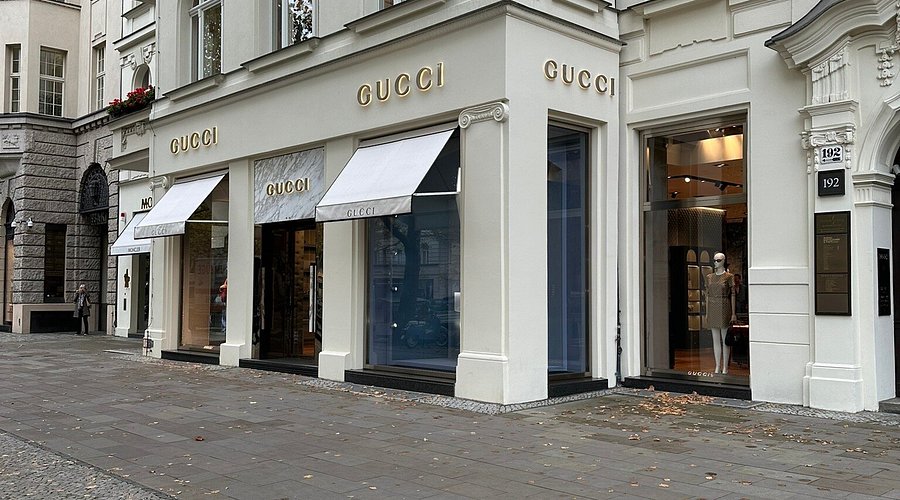Generational Wealth Quietly Flows Into Forgotten Art Movements of the 19th Century
By
Sophie Moore
Last updated:
October 2, 2025
First Published:
October 2, 2025

The art world has always been a stage where wealth and culture intersect. For centuries, the elite have sought to cement their legacy by collecting works that not only display refinement but also carry historic weight. Recently, however, a new current of wealth has begun to shape the art market in surprising ways. Instead of chasing contemporary icons or universally celebrated masters, billionaires are quietly investing in forgotten art movements of the 19th century.
A departure from mainstream collecting
For decades, the art investment space has been dominated by a handful of names and styles. The Impressionists, Modernists, and contemporary stars commanded attention and price tags. Yet as those markets reached dizzying heights, the ultra-rich began looking elsewhere for value and meaning. Their gaze landed on overlooked schools of thought from the 1800s, where mastery remains underappreciated.
Rediscovering cultural treasures
Movements such as Symbolism, Pre-Raphaelitism, and Academic Realism, once sidelined by critics, are now being revisited with fresh eyes. These works, rich with technique and storytelling, represent a form of artistry that feels rare in today’s fast-paced digital era. To wealthy collectors, buying into these forgotten movements means aligning with intellectual depth rather than fleeting trends.
A form of cultural stewardship
Billionaires are not merely purchasing these pieces as investments. They view themselves as stewards of neglected heritage. By reviving interest in these art forms, they reposition themselves as custodians of history, bridging the gap between lost traditions and modern appreciation. This act of preservation is increasingly valued in elite circles where legacy carries more prestige than spectacle.
Quiet influence over public taste
When a billionaire acquires an obscure 19th century painting and places it in a prominent private gallery or loans it to a major museum, it has a ripple effect. Public awareness rises, critics reassess, and value climbs. Through this subtle influence, the wealthy are not only shaping markets but redefining cultural conversations.
The psychology behind the move
Unlike contemporary art, which thrives on fame and visibility, forgotten 19th century works appeal to those who desire exclusivity through obscurity. For billionaires, owning a masterpiece unknown to most offers satisfaction beyond financial return. It is a private victory, a marker of connoisseurship that goes unnoticed by the masses but deeply respected by those in the know.
Economic potential of neglected markets
Beyond cultural allure, these forgotten movements offer sharp investment logic. Their undervaluation creates opportunities for significant growth. As billionaire collectors revive interest, prices rise steadily. What was once overlooked now becomes rare, and scarcity in the art world is always rewarded with value appreciation.
A generational shift in collecting habits
Younger heirs to great fortunes are especially drawn to this trend. Unlike their parents who collected status symbols, they prefer intellectual depth and personal meaning. Forgotten 19th century art resonates with their desire to define wealth through individuality rather than conformity. Their collections reflect inner identity rather than social validation.
The role of private institutions
Private museums and foundations owned by billionaires are becoming the stage where these movements are reintroduced. By carefully curating exhibitions and hosting exclusive events, the wealthy control how these works re-enter cultural discourse. This ability to curate history grants them an authority that goes beyond the financial sphere.
The legacy of revival
Generational wealth is not simply about money. It is about shaping how history remembers those who hold influence. By bringing forgotten 19th century art movements back into focus, billionaires ensure that their names are linked to cultural rebirth. In the long run, this may become their most enduring investment—one that transforms both markets and memory.
Subscribe to unlock premium content
Sed at tellus, pharetra lacus, aenean risus non nisl ultricies commodo diam aliquet arcu enim eu leo porttitor habitasse adipiscing porttitor varius ultricies facilisis viverra lacus neque.
A comprehensive guide on Agile development

10 Productivity tools that are worth checking out

Top 7 Must have management tools for productivity

A comprehensive guide on Agile development

10 Productivity tools that are worth checking out

A comprehensive guide on Agile development








.png)
